Cleaning the toilet bowl on which we do our business every day is perhaps one of the least exciting, if not say, the most dreadful thing for us to do when it comes to cleaning. But knowing this may get you more motivated: without cleaning, a toilet could easily become a nest for bacteria, mold, […]
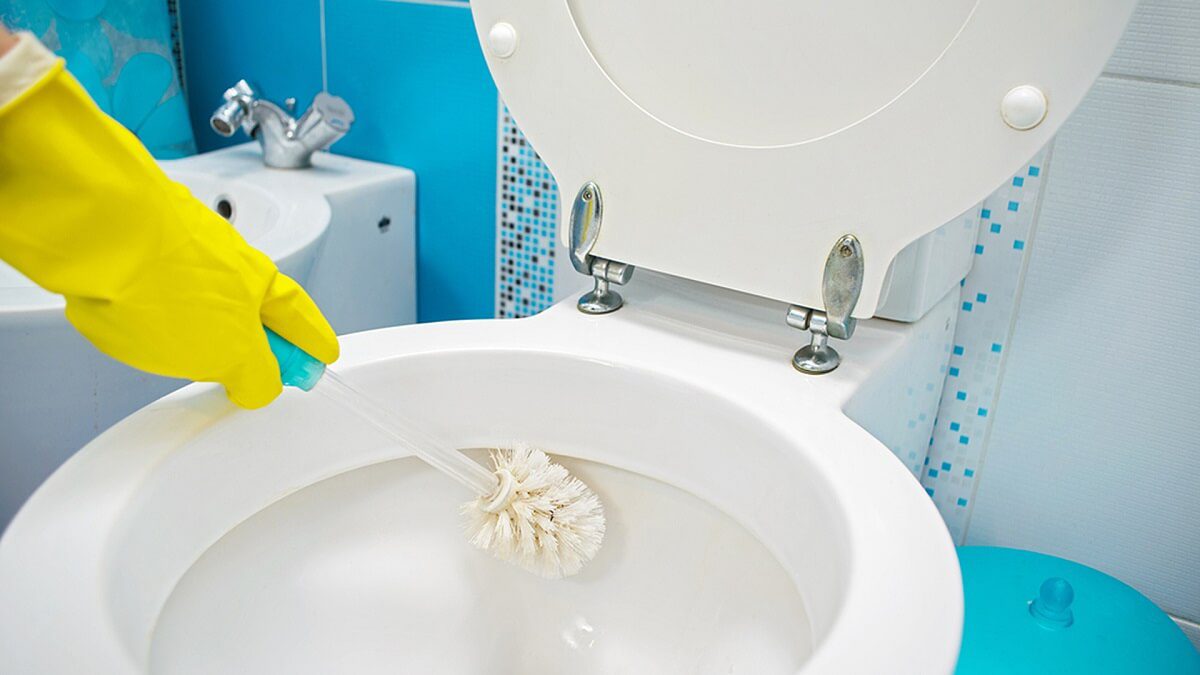
Cleaning the toilet bowl on which we do our business every day is perhaps one of the least exciting, if not say, the most dreadful thing for us to do when it comes to cleaning. But knowing this may get you more motivated: without cleaning, a toilet could easily become a nest for bacteria, mold, and yeast; and with every flush, these would spread everywhere in your bathroom, into the air, to your bathtub, bath towel, toothbrush cup, etc. A toilet needs to be cleaned, and properly so.
Just as much as a neglected toilet can harm your health, a properly cleaned toilet could meaningfully improve your daily well-being. But cleaning a toilet properly is no easy job if you don’t know how to. And this guide is the know-how you need.
For the job, you gonna need the following toilet cleaning supplies.
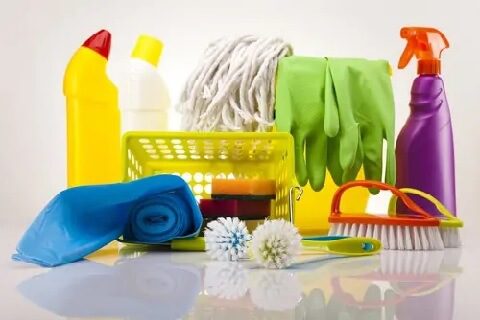
As a note, you should keep these supplies separated from other cleaning supplies that you use for other parts of your home. And you should also frequently disinfect these tools, their designated holders, and probably the area around the holder as well.
Before we go into details, here is a list of general steps you need to take to properly clean a toilet:
Now, we’ll move on to the detailed instructions for each of these steps.
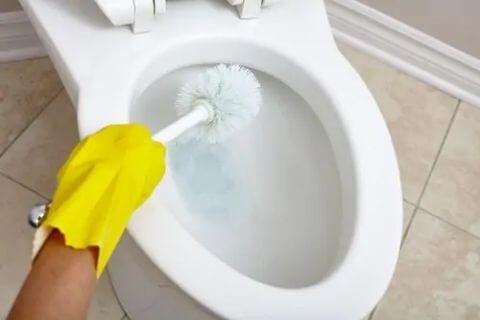
This section is dedicated to answering the question of how to get a clean toilet bowl.
As a rule of thumb, you should always start with cleaning the toilet bowl first. For the job, most experts would recommend any toilet cleaner, which generally contains bleach. But there are bleachless options as well, such as Lysol Hydrogen Peroxide Toilet Bowl Cleaner.
The steps go as follows:
Start by applying the cleaner at the top of the bowl, underneath the ring; the cleaner liquid would then drain down to the bottom of the bowl and cover the area right underneath the area where you originally applied it. As you go full circle under the ring, the toilet bowl will get entirely coated with the cleaner as well. Some cleaner bottles have an angled spout designed specifically for this, but that means you gonna squeeze it liquid upward, so you’ll need to squeeze a little harder. You may also target the stains specifically by applying the cleaner more generously to such areas.
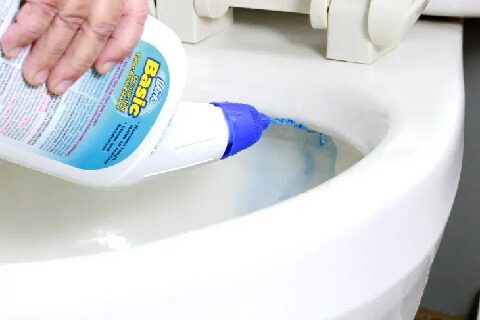
After the cleaner got thoroughly applied, let it sit for any amount of time recommended by the manufacturer, typically 15-20 minutes, Some manufacturers recommend a waiting time as short as 10 minutes. You can use this wait time to clean other parts of the toilet, such as the exterior.
For the task, we will need a good toilet brush. A good toilet brush should have bristles hard enough to scrub the grimes off the porcelain surface, not so hard that it causes the water in the bowl to splatter everywhere. Also, it shouldn’t be too worn out. For a well-maintained and frequently-cleaned brush, it is recommended to replace it with new ones every 6 months.
Use the toilet brush to brush the toilet bowl thoroughly, including areas frequently overlooked like the rim itself and the area underneath the rim. Scrub firmly enough to scratch out the grime and stains, but not so hard that the water spatter. To better clean the toilet rim and the area underneath, which is harder to reach using a conventional bristle brush, you may want to use a soft swab toilet brush (though for the rest of the toilet bowl, the bristle brush would be recommended). You may also clean the toilet rim with a sponge.
To rinse the toilet bowl after a good scrubbing, you can simply flush the toilet. But before that, make sure to close the toilet lid first because a bleach-based cleaner will most likely produce fumes.
While waiting for the cleaner applied inside the toilet bowl to take effect so you can begin scrubbing, you should also give the toilet exterior a good cleaning.
You may want to go a little more heavy-handed when cleaning the toilet ring and the lid on the bottom side because they are most likely splattered on when you flush the toilet. To clean the toilet ring of water stains, you can brush it with a pumice stone. You may also want to wipe the toilet flush handle once more after the disinfectant spray with disinfectant wipes, since it may host a few times more germs than a toilet bowl does, according to studies.
After the cleaning session, spray your reusable tools thoroughly with disinfectant spray, let them sit for some minutes, and rinse with hot water. Be sure to disinfect the tool holders as well, and the area around them, also with hot water.
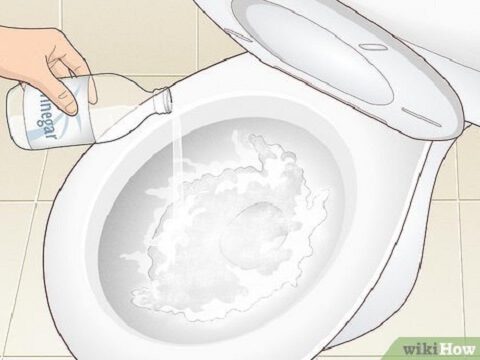
In addition to the conventional cleaning guide that we have shown in the previous sessions, we also have for you a nice set of toilet bowl cleaning hacks, that utilizes items you could easily find in your kitchen pantry and bathroom cabinet. These hacks, while being simple, can take care of some common toilet problems, such as unclogging a toilet or cleaning toilet stains.
For a light clog, a combination of vinegar and baking soda can do the trick. However, you may not want to directly combine the vinegar and baking soda together for them being on the opposite ends of the pH scale. To complete the clog-reliefing concoction, follow the steps below:
After 30 minutes, the clog should be dispersed and a flush would send it down the drain. The foaming and the natural cleaning mechanism of the baking soda and the vinegar will also give your toilet a good cleansing session as a bonus.
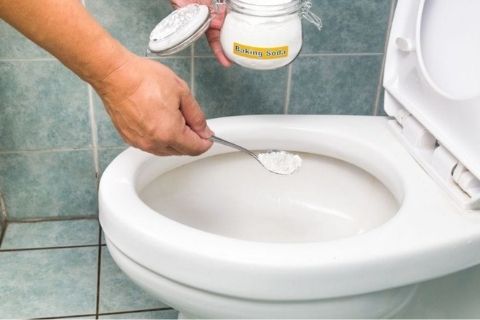
These rust-like, greenish, or chalky stains are caused by the deposition of the minerals in the water if the place where you live has hard water. So on paper, the answer for them is acidity, which vinegar and coca-cola have plenty of. And, you want the stains to be exposed to these homemade cleaners as much as possible.
For either of these cleansing agents, the first step would be to reduce the water level in the toilet bowl. To do so, first, you have to shut down the main water valve behind the toilet by turning it clockwise until it can no longer turn that way. Then use a bucket or a cup to scoop out as much water as possible from the toilet bowl.
Then, for the vinegar and baking soda hack, you can pour 1 or 2 cups of vinegar into the toilet bowl, followed by a few sprinkles of baking soda. Use the brush to swish the solution around the bowl, and then let it sit for about 15 minutes. Then scrub the stains with the brush or a pumice stone. If the stain doesn’t go out completely, adding some lemon juice may help to dissolve the lingering bit. Then turn the water back on. Repeat the process a few times if necessary.
For the Coca-Cola hack, once you’ve emptied the water from the bowl, fill it with Coca-Cola (yes, you heard it right, Coca-Cola). The soda contains strong acids that can help eat away at the mineral stains. Let it sit overnight. Flush the next day and then brush the loosened stains with a pumice stone or a brush.
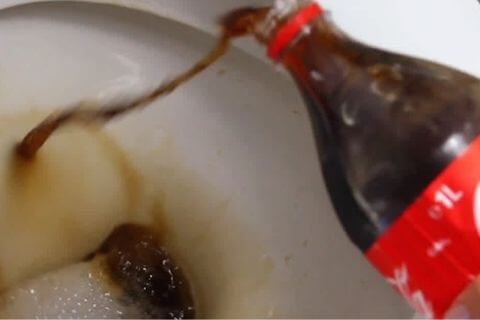
If the DYI tips aren’t sufficient to resolve your toilet problems, you may want to turn to the professionals. Sparkling & Beyond can provide you with affordable professional cleaning services for your toilet, your bathroom, or any part of your home, and at any degree of need. We also have a library of DYI cleaning tips and guides that will help you take care of your home even better. Together, we’ll keep your home a sparkling clean, and healthy place!
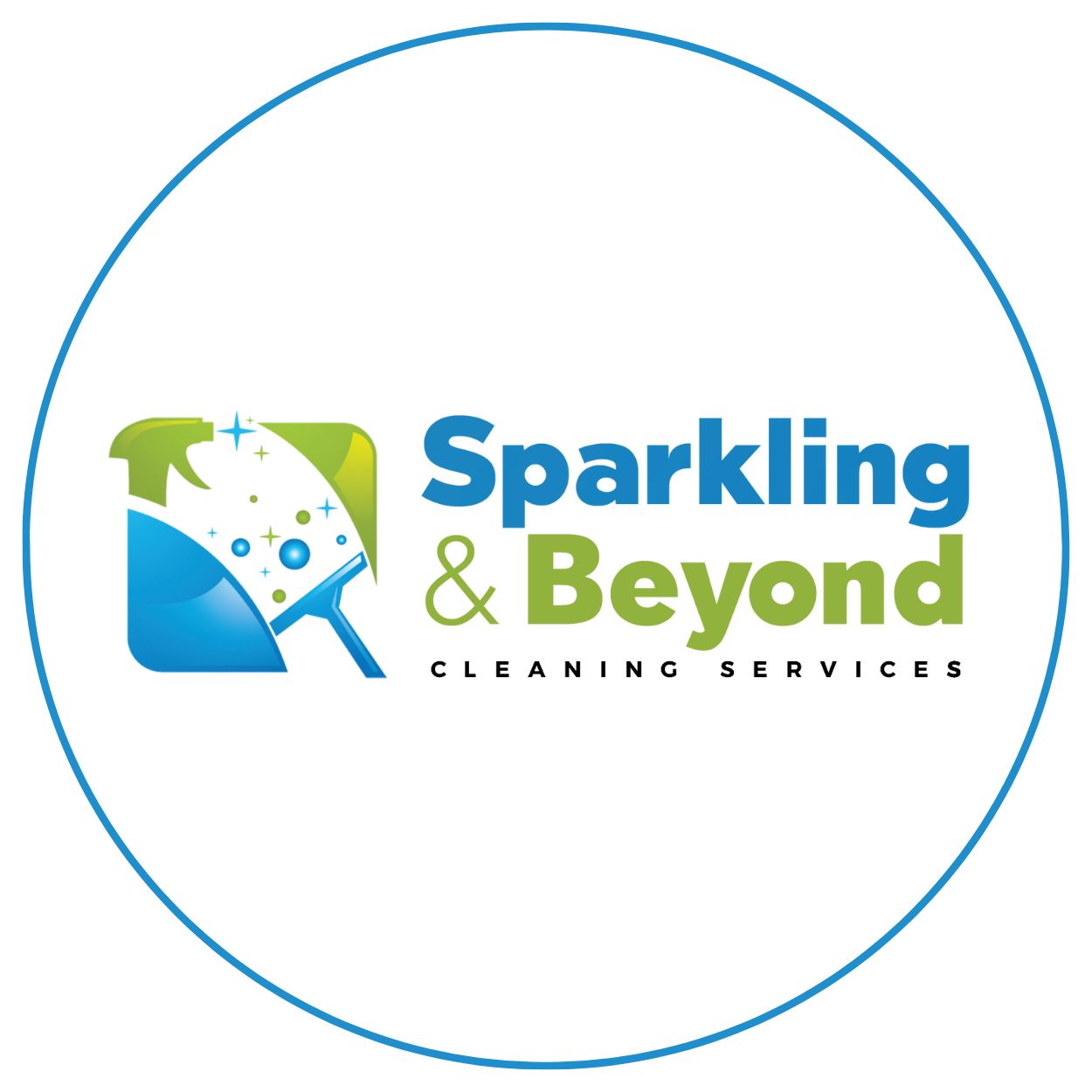
As the admin of Sparkling & Beyond, I bring a wealth of knowledge and passion for excellence in the cleaning industry. With years of experience in providing top-notch cleaning solutions, I am dedicated to sharing valuable insights and tips to help maintain pristine and healthy living environments. My mission is to ensure every home and office we service sparkles with cleanliness and comfort.
![]()